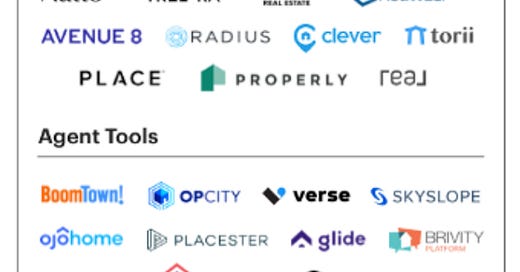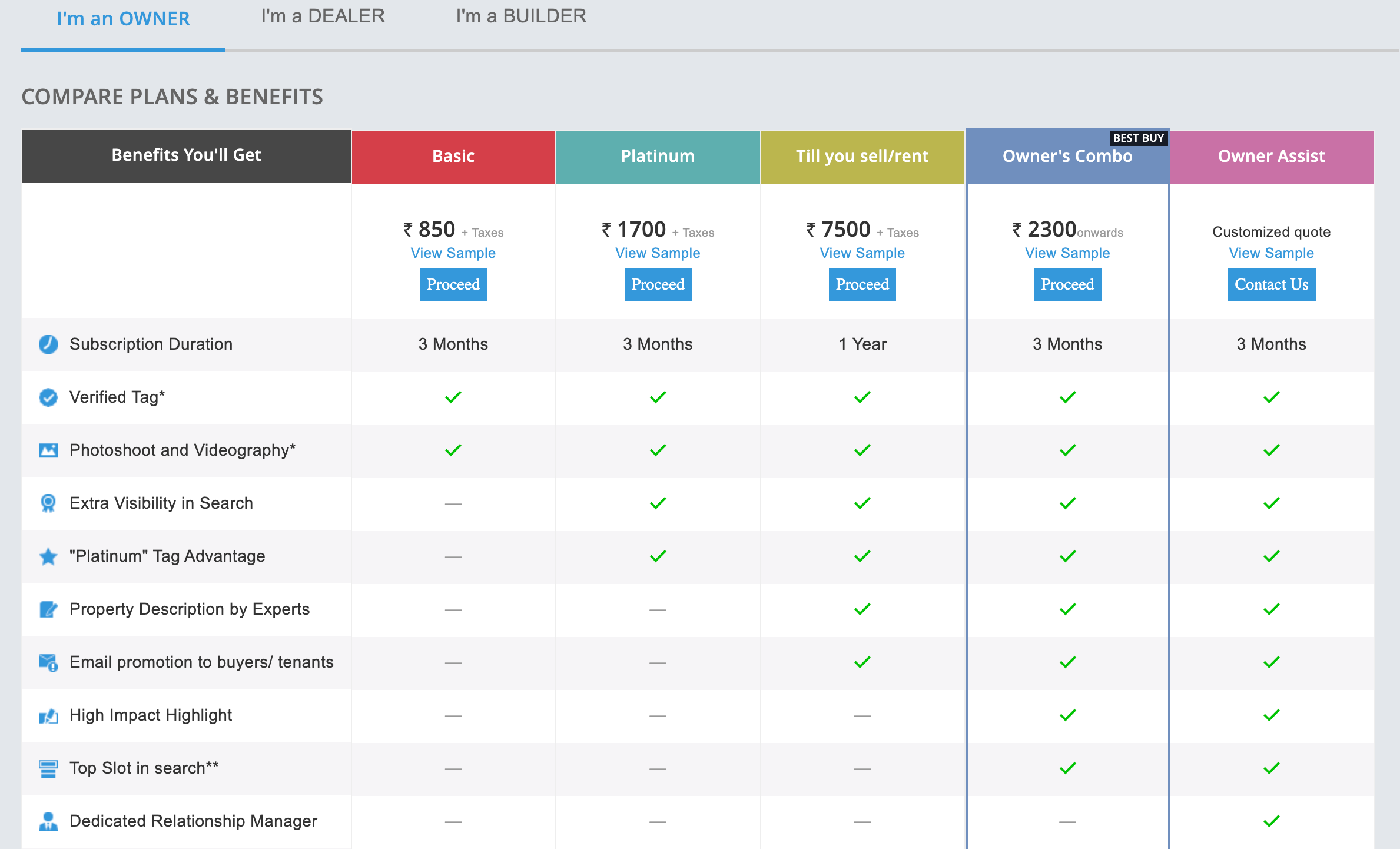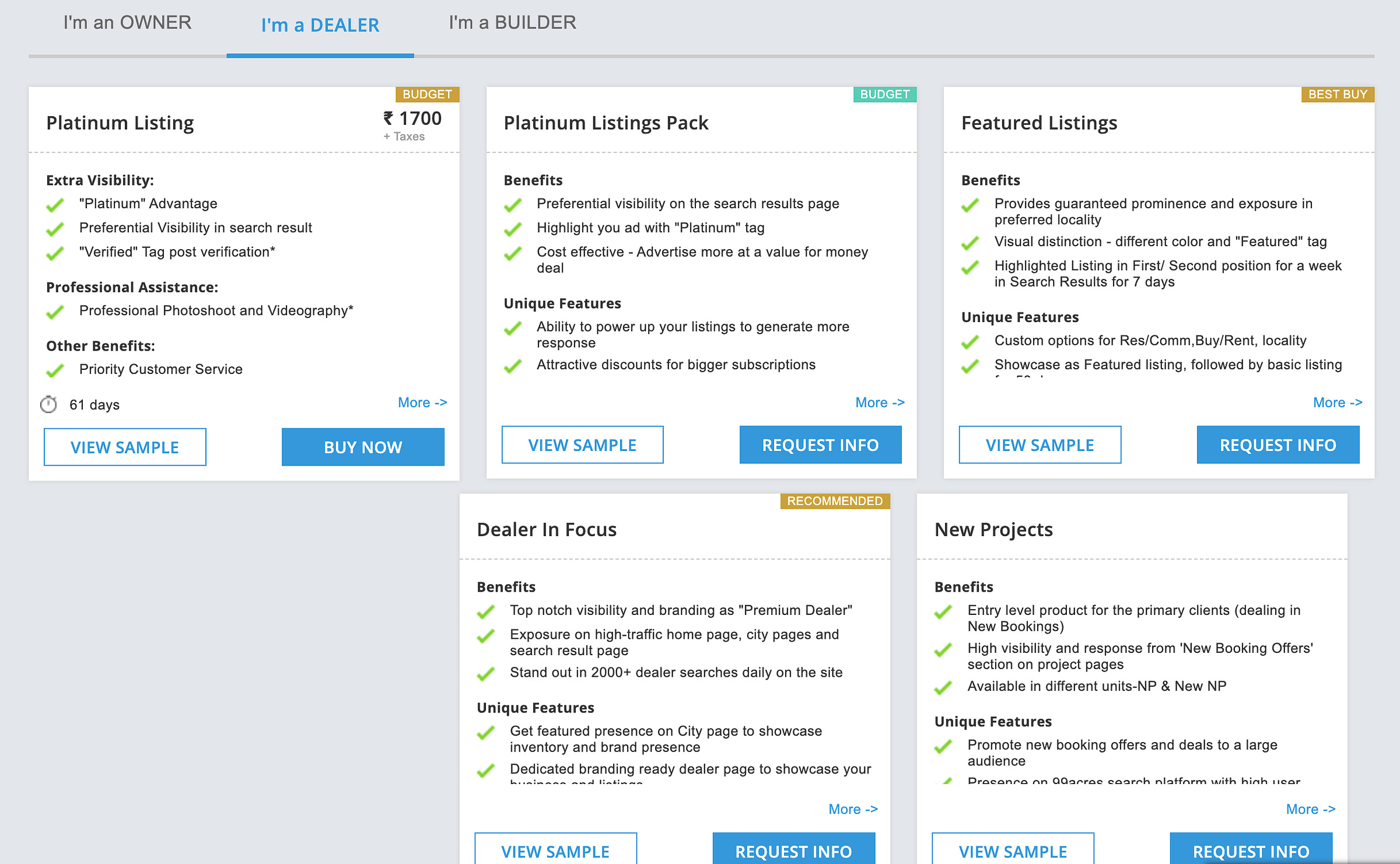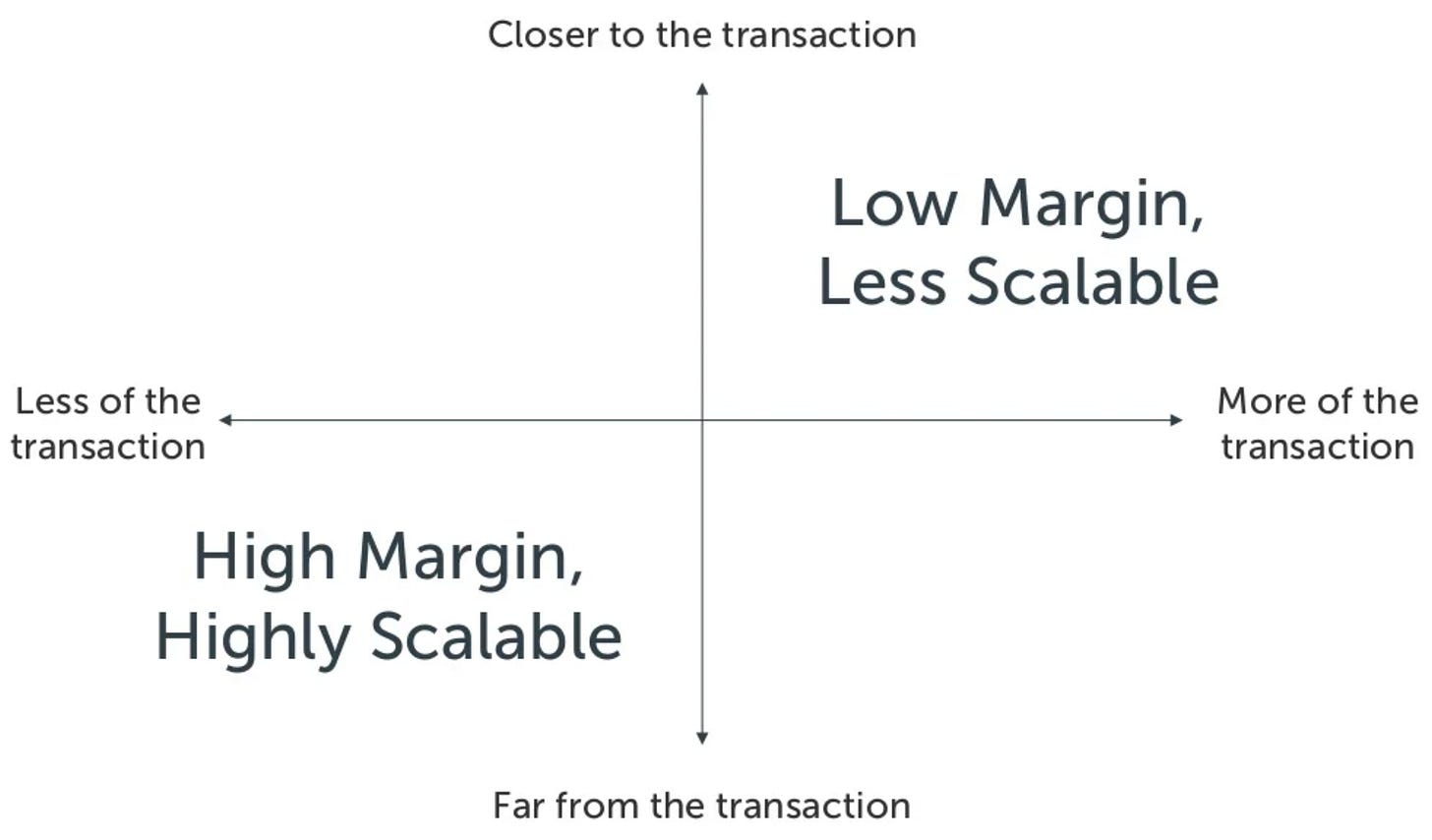Demystifying Business Models of Home Listing & Marketplace Portals
In the last post, we understood the overall property tech landscape.
In this post, we will pick the first piece of Find or List your Home and demystify the business models of digital Home Listings and Marketplaces.
In the US, National Association of Realtors (NAR) reports that more than 87% of new homebuyers use the internet to gather their home-buying process, and nearly one-third mentioned they first learned about their newly purchased home from an online channel.
The same trends have shown across the world.
These numbers indicate the growing propensity of homebuyers towards property listing websites and its growth potential.
Real estate listings business model
Real estate listings business are multi-billion dollar businesses. The business model of a Real Estate listing website revolves around connecting property buyers with sellers.
It saves time and efforts of both the parties and bridges the gap between them. The broker/seller lists the property on the website which is available to the people looking to buy/rent.
So the basic function that a Real estate listing website performs is:
Rent property
Sell Property
Buy property
Business Model
The business model of these listing websites revolves around creating a connection between property buyers with sellers.
The process saves lots of time and effort of both the parties and at the same time bridges the gap between them easily and effectively. Therefore, the basic function of the property listing website is to act as an aide to rent, buy or sell a property following a simple process.
Process For Buyers
Buyers start with getting registered with the website. This is a simple process and you have to furnish your phone number and email ID only.
After this comes selecting the region where they want to buy a property.
Next is to choose a suitable property from the house for sale by owner websites.
Automatic messages will be sent to the seller to contact you.
If you do not get any response you can contact the seller and fix an appointment.
Process for Sellers
The process for sellers starts with registration, listing the property with location and address, filling in details of the property and the contact details.
Process for Agents/Landlords
How it works for the Agents/Landlords
Go to the website.
Register with your name and email.
proceed to create a listing.
All you need is a clear pictures of the exterior and interior of the houses highlighting its Unique Selling points.
Then follow the listing prompts and list your property.
Whereby you cannot do that, you can send in the pictures to be listed for you by the website’s admin.
It is a paid service for you becuase the websites are heavily advertised to get tennants and buyers from allover the place.
How it works for the members of the public?
Go to the website.
Register with your email and name.
Proceed to properties to search for the property of your choice.
Make a choice and reach out the Agent or Landlaord that listed it who contacts will be there.
When you must have rented the aprtment or bought the land then tell others about the website and leave a review …lol
This is what the property listing business model is all about. Now go and spread the good news to real estate agents that you know and members of the public.
The Revenue Model
The revenue model of the listing websites is usually channeled through the brokers.
Most listing websites provide a subscription model to those who want to list their property on their portal.
This model is not dependent on the number of properties listed.
It has provided a meeting point between members of the public and agents/agencies and landlords. in other words, it offers ease of connection between potential tenants or buyers and the agents/landlords.
The specific package offered will provide the website owner with an added advantage in the form of a comprehensive list of properties. On the other hand feature listing is another model which is also an easy way to add revenue. If you want a quick sale you can brand your property on the homepage of the listing website. Individuals as well as the brokers will get attracted to it even more in number and will eventually drive sales.
Premier Agent Business
Secondary Revenue Stream
You will have enough personalized assistance that will help you to find and manage prospects for your property. You will know the right price of the property from the experts along with the expert guidance on every property related issue. You may speak to an attorney for the legal aspects and advice on property matters, tax and disputes. Therefore using and online channel for real estate dealings seems to be the best and most result driven option to reach out to more and more targeted audience.
Critical features
Go beyond just high-quality images– One of the essential features is to have high-quality pictures on your website. When a customer has to choose if they like a specific property or not, it is through pictures. The website owner has to be very careful about pictures while screening a listing by brokers or individual.
Today, even high-resolution pictures are not enough to convince a potential customer. Many property listing websites are providing 3D view and virtual tours of properties. Website owners also need to optimize images strategically to drive traffic without reducing the website’s loading speed.
Highlight the USP of every property– It is very important that you paint a picture for potential buyers. Include as many details about the flooring, appliances, equipment, etc. Writing a description is the best way to depict in a paragraph about the neighborhood and location which cannot be covered in a picture of the property. For a buyer to make the final decision about the property they surely need to know the details about the neighborhood.
Testimonials– There is nothing better than a user’s review & testimonial to generate potential customer’s confidence on your service. Most property portals include a testimonial on the homepage of the website to grab the attention of users. Incorporating videos from a user on the homepage of the website can yield better results than written testimonials.
Property value calculation– The broker has full knowledge of the market trends and the prices of property, but when an individual sells the property on such portal they need some guidance as to how much their property is worth in the current market.
Home loans– The property listing owner needs to realize that not everyone has enough funds to buy a dream property. So the listing website should have tie-ups with banks that can provide home loans to the customer easily.
Talk to an expert– There are a lot of confusion when it comes to selecting the perfect property you want to buy or while selling your own property. Queries about property tax, legal documents, property disputes, etc. An expert can be provided by the property listing website to give guidance to the seller or buyer. This will help clear confusion and result in more people listing and search for property on your website.
Have a look at the Business Model Canvas below to know the various components involved in setting up an online property listing website.
How do real estate property listing websites make money?
As stated above, there are two main revenue streams that real estate website owners can use to make money:
Subscription Fees: The website owner can charge brokers a subscription fee and provide access to advanced features and some free listings.
Featured Listings: To highlight specific property listings, the website owner can also levy special featured listing charges.
The Future of Home Listing Portals
I am a big admirer of Mike Delprete’s proptech analysis. He has published a deep analysis on how home listing portals are going to evolve in the future. I will be referencing his work with due credits.
According to Mike, home listing portals are evolving from search engines to service engines.
Real Estate Revenues for Home Listing Portals are simple to understand
Revenue = Yield($) X Customers (#)
Yield: It is the average revenue per advertiser.
Portal increase their core listing revenues by convincing customers to pay more (price rises or new products), or by acquiring new customers.
In mature markets, like UK, New Zealand and Australia, they have hit saturation. There are no more new customers.
The main level for revenue growth is increasing yield (ARPA). But ARPA growth is declining.
In the US, Zillow’s premier agent business is growing but growth is slowing.
Portals still generate most of their revenues from agent listings; not much diversification.
Many portals are trying to diversify revenue streams, by expanding across the value stream.
Activity across the value stream is varied by portal, with some common trends.
Most portals start their diversification strategy with valuation and data services.
Mortgage and insurance have the biggest revenue pool but are also difficult to get right.
Closer to Transaction Vs More of the Transaction
In their efforts to diversify revenue streams, real estate portals are moving closer to the transaction and doing more of the transaction.
The strategy is multi-dimensional. Real estate portals are operating along two axes.
Portals began focussed on property advertising, but many are expanding across the entire transaction.
The classic classifieds model stays far from the transaction, only connecting buyers and sellers.
As portals move closer to transaction, they move closer to consumers, displacing agents.
Marketplace businesses are high margin, and scale expensively. Expansion is less scalable.
Growth





















